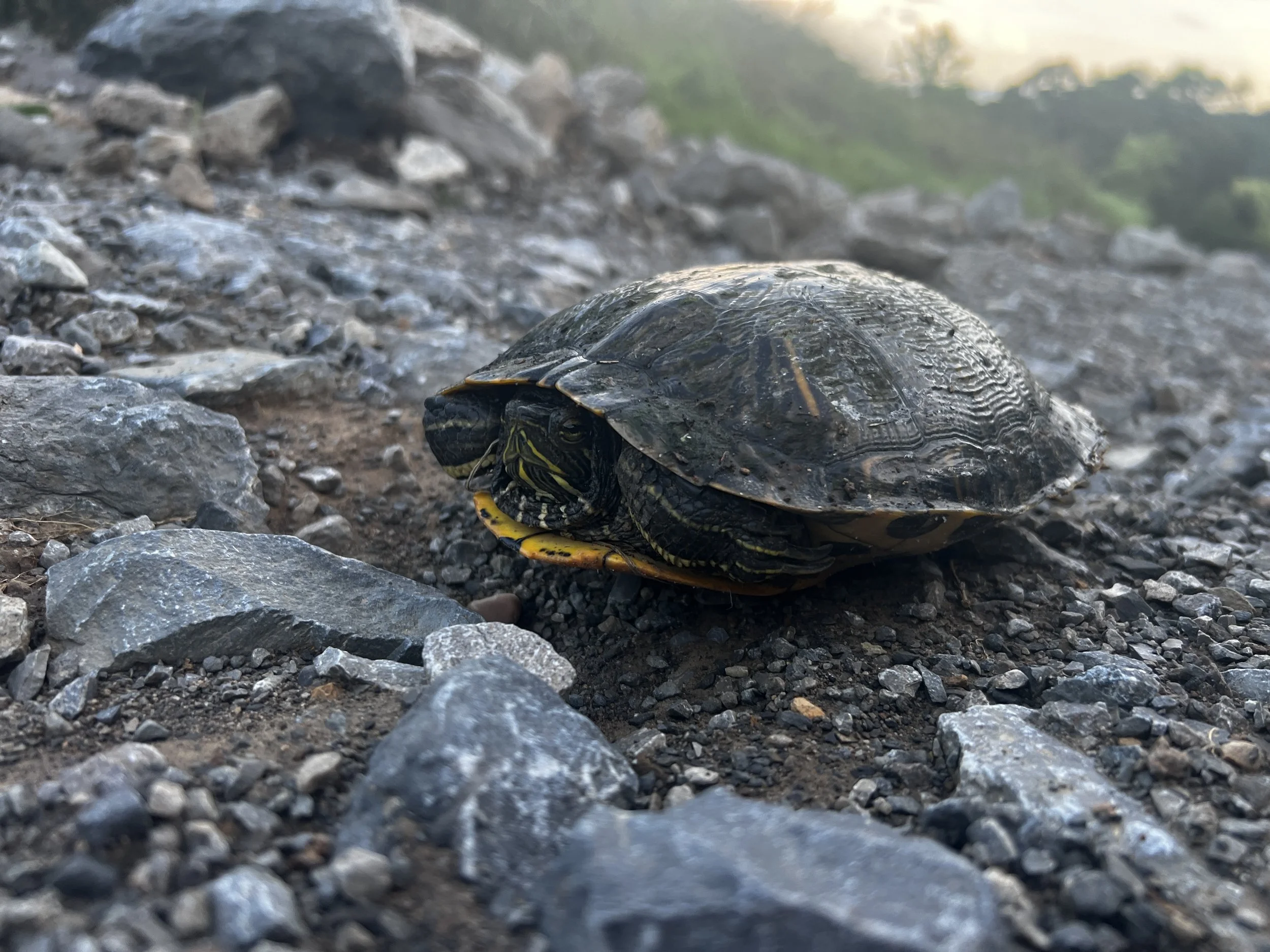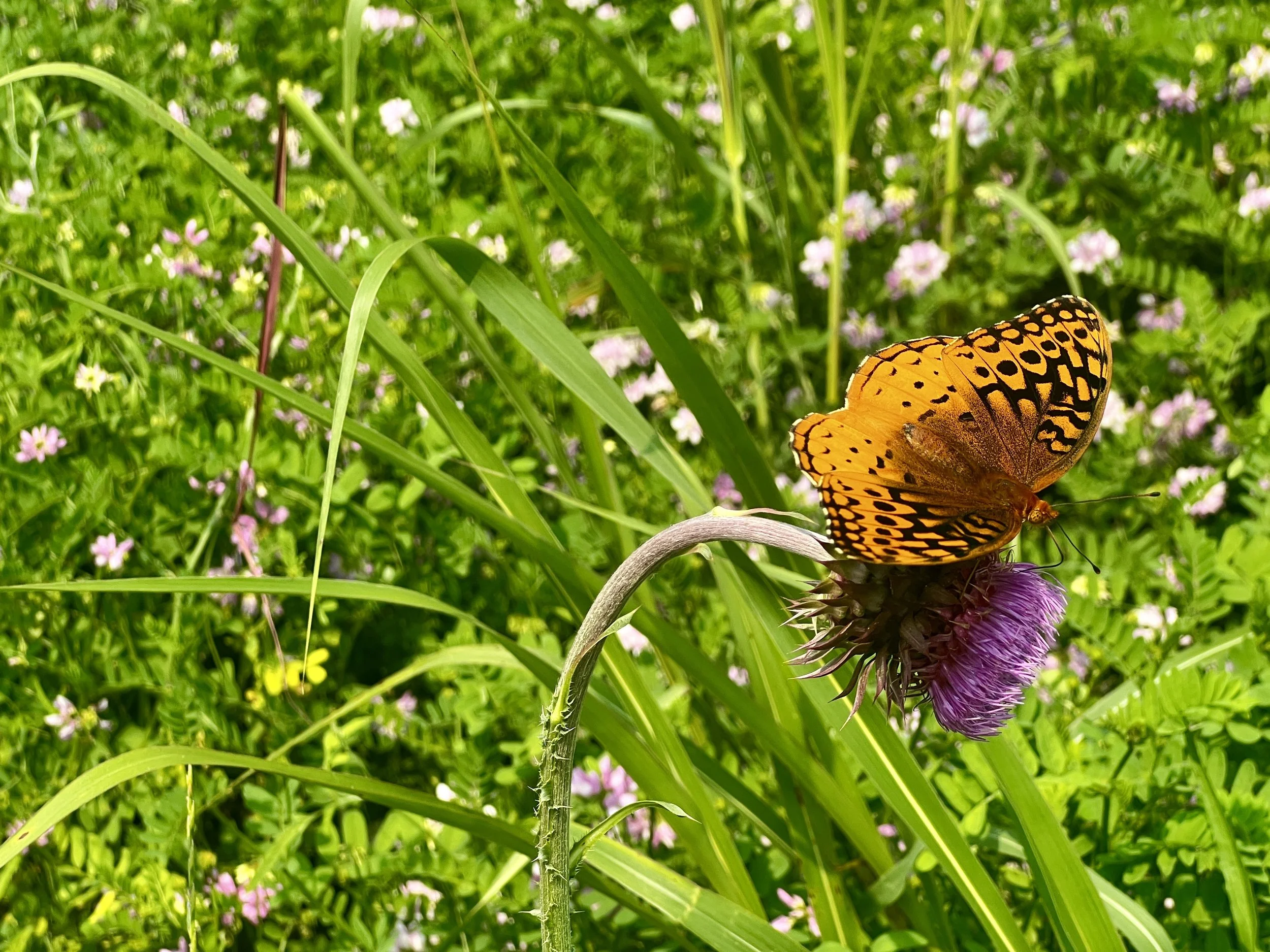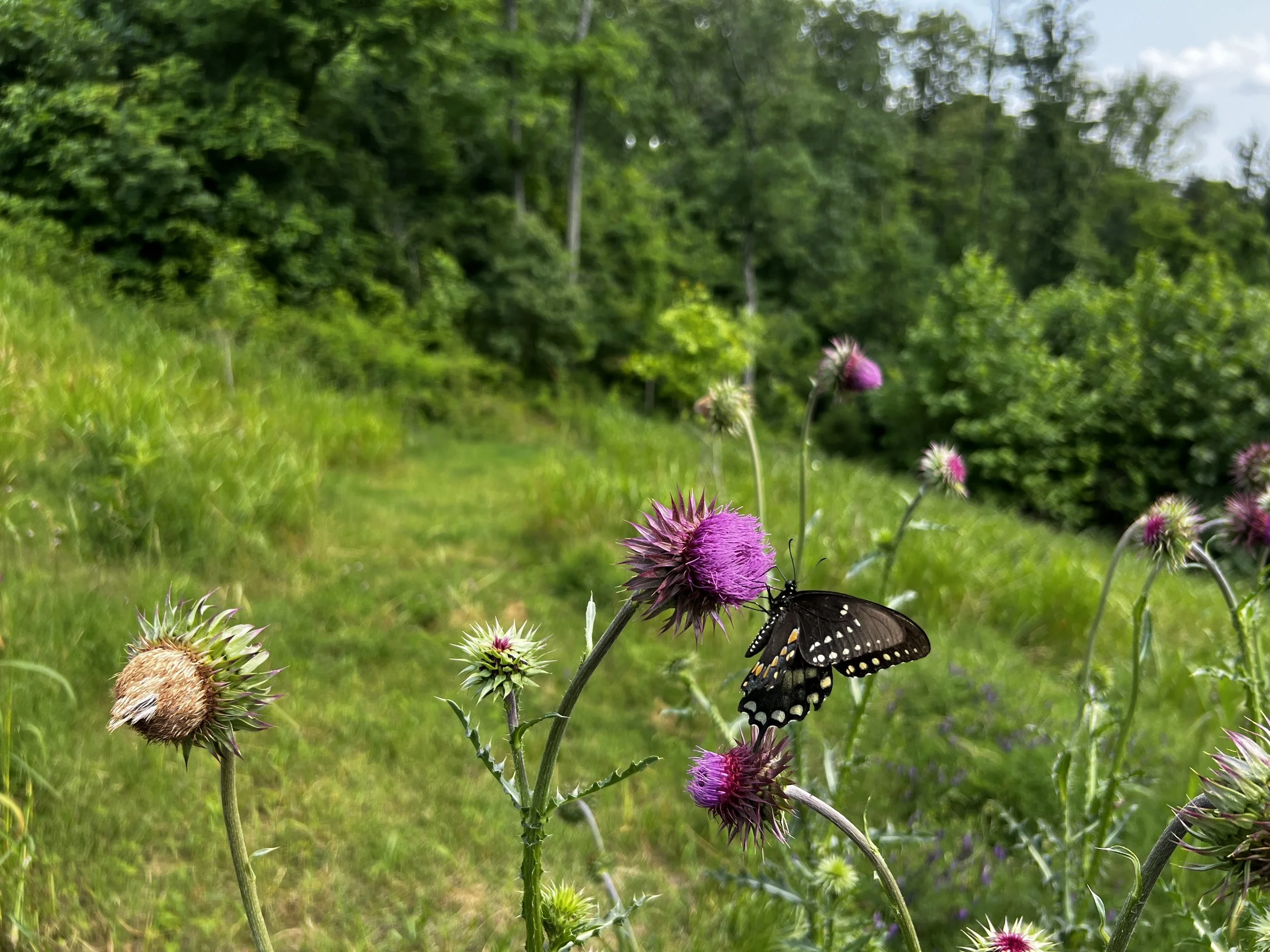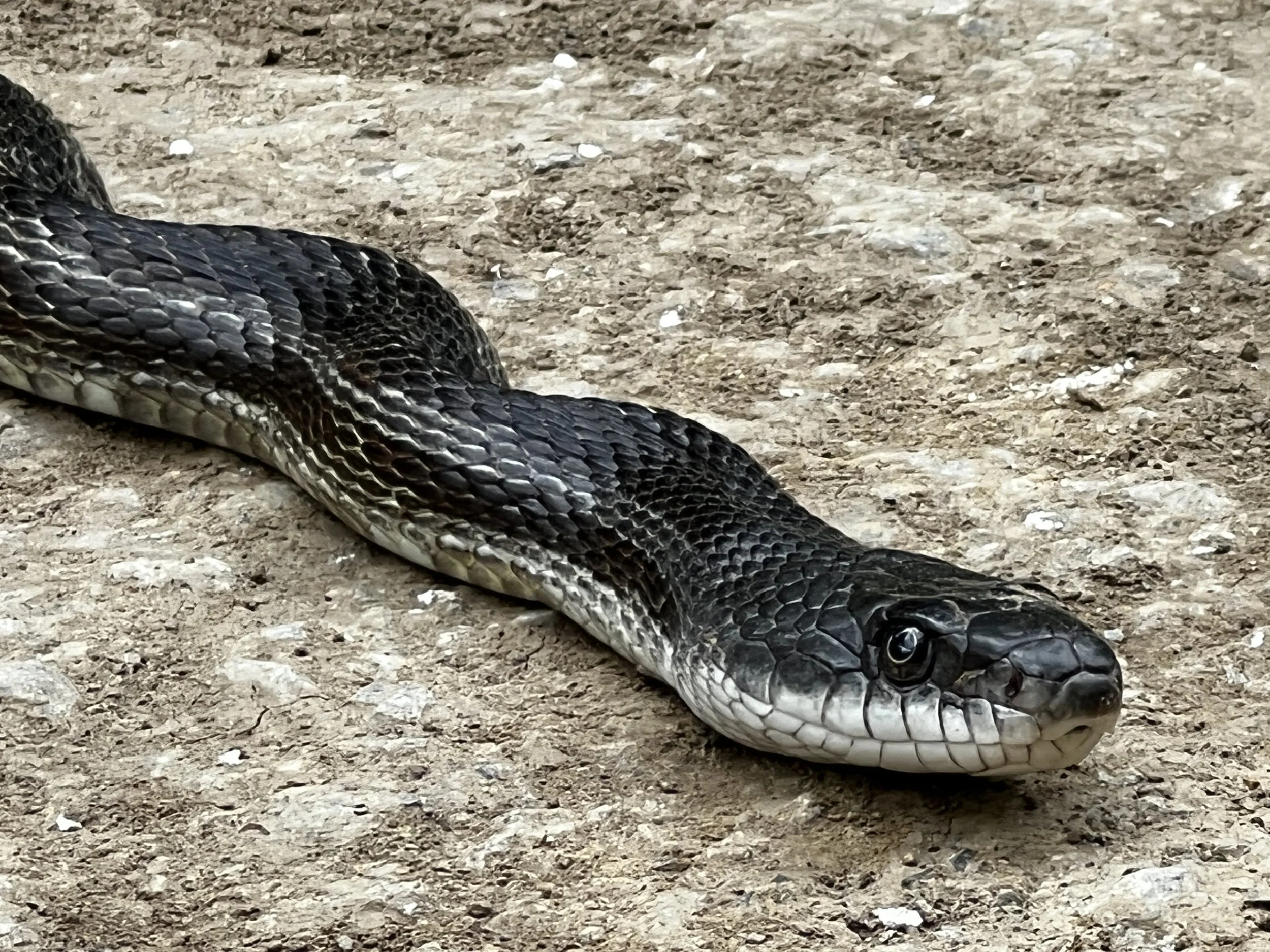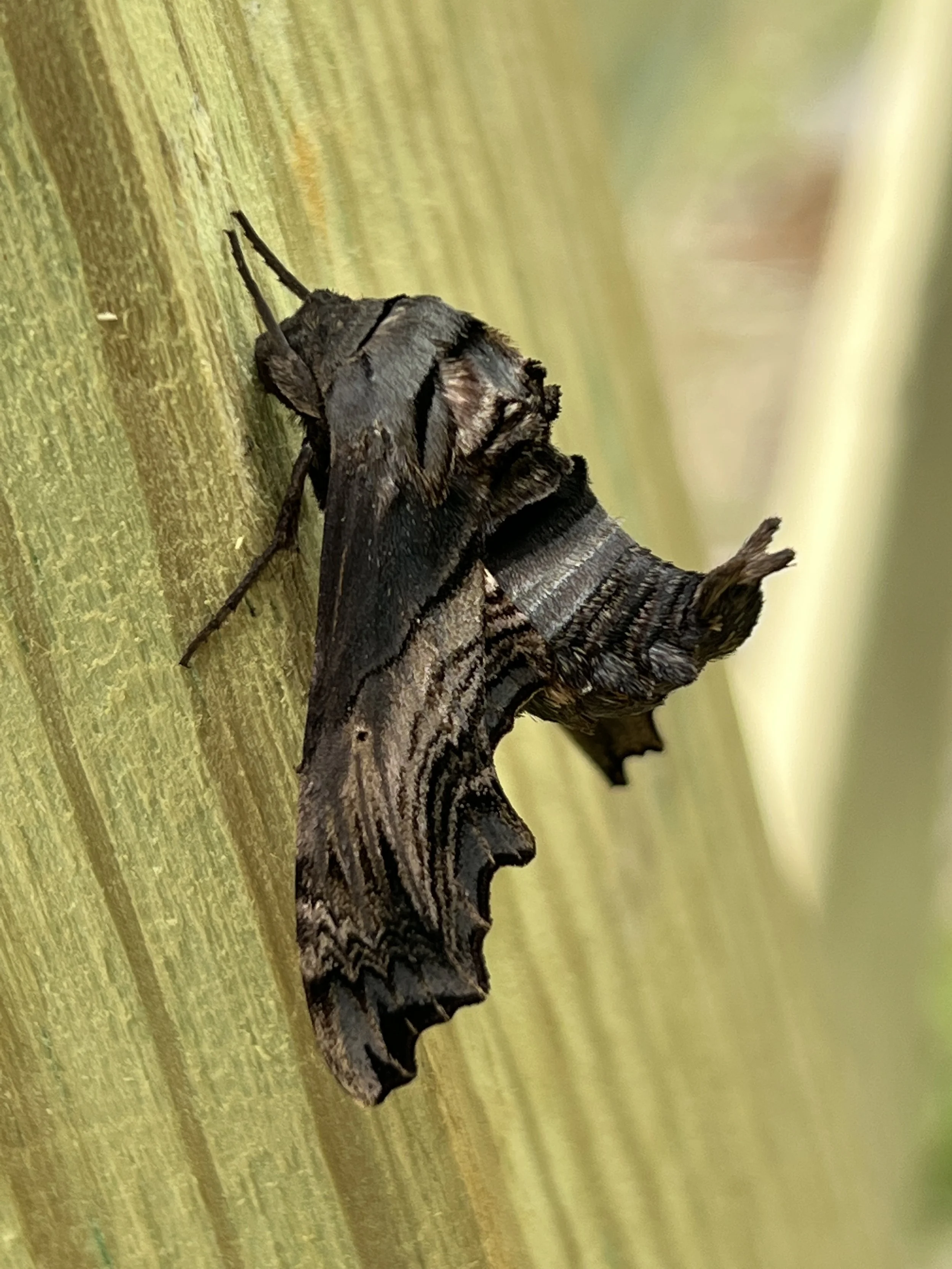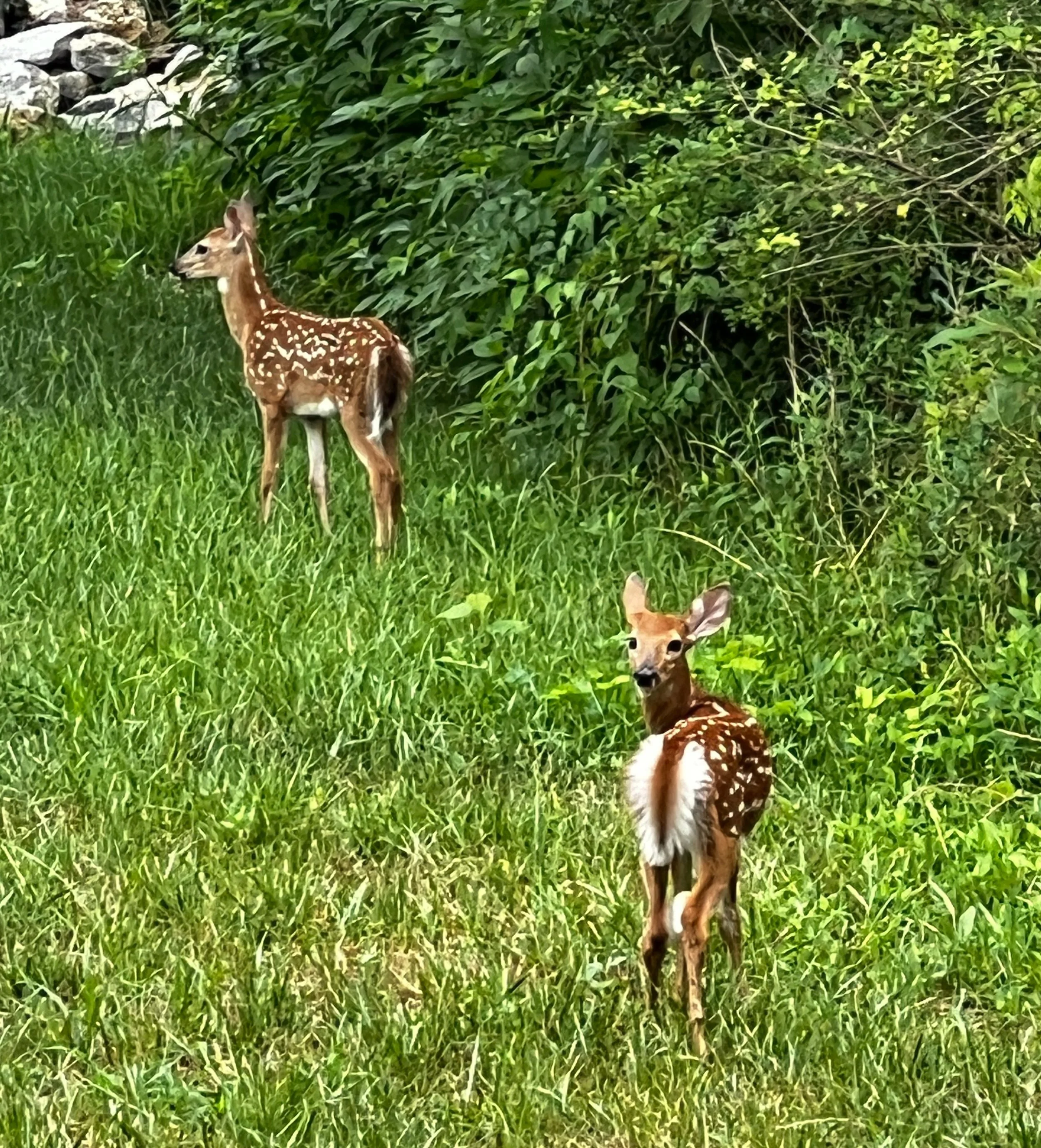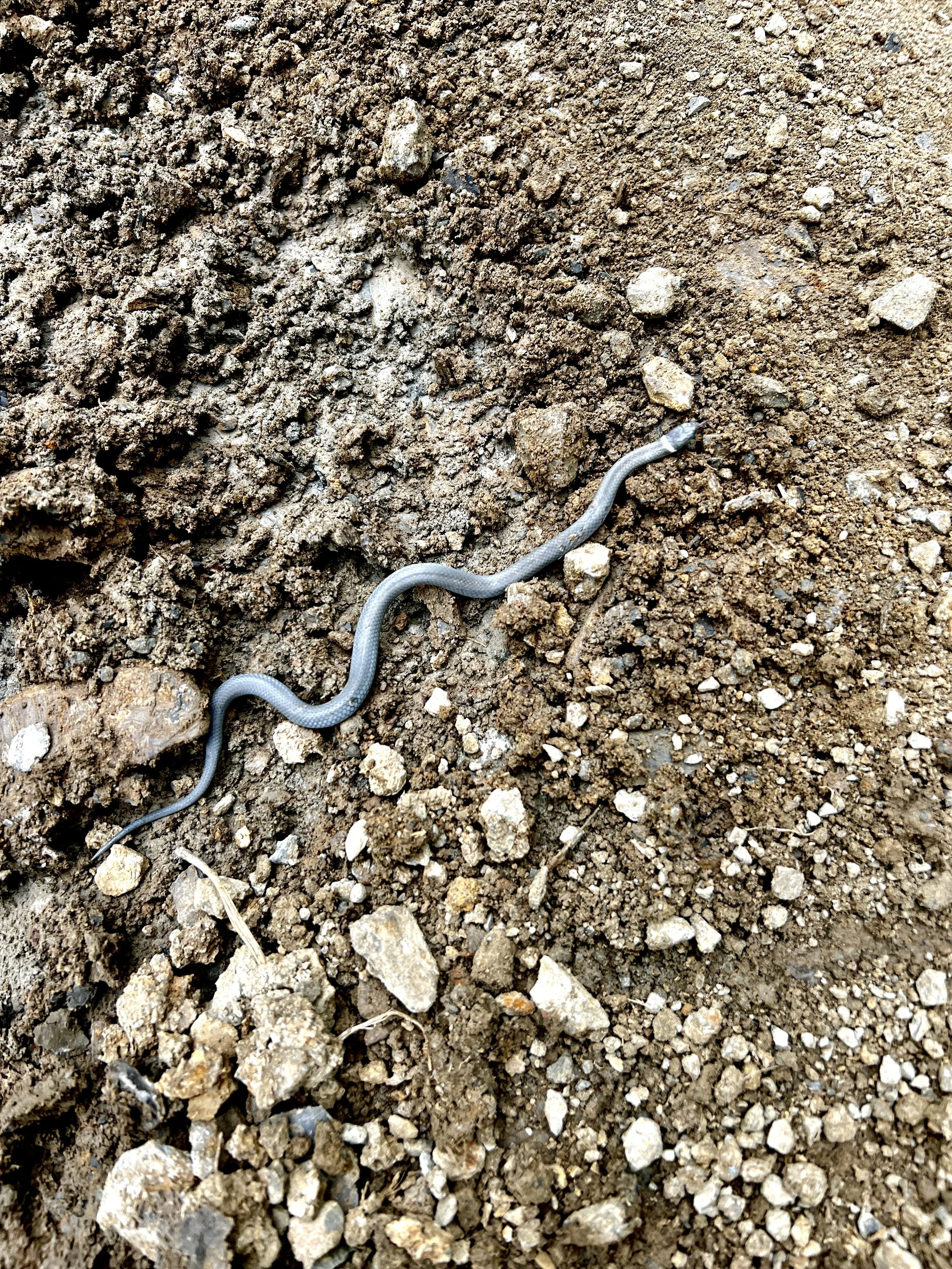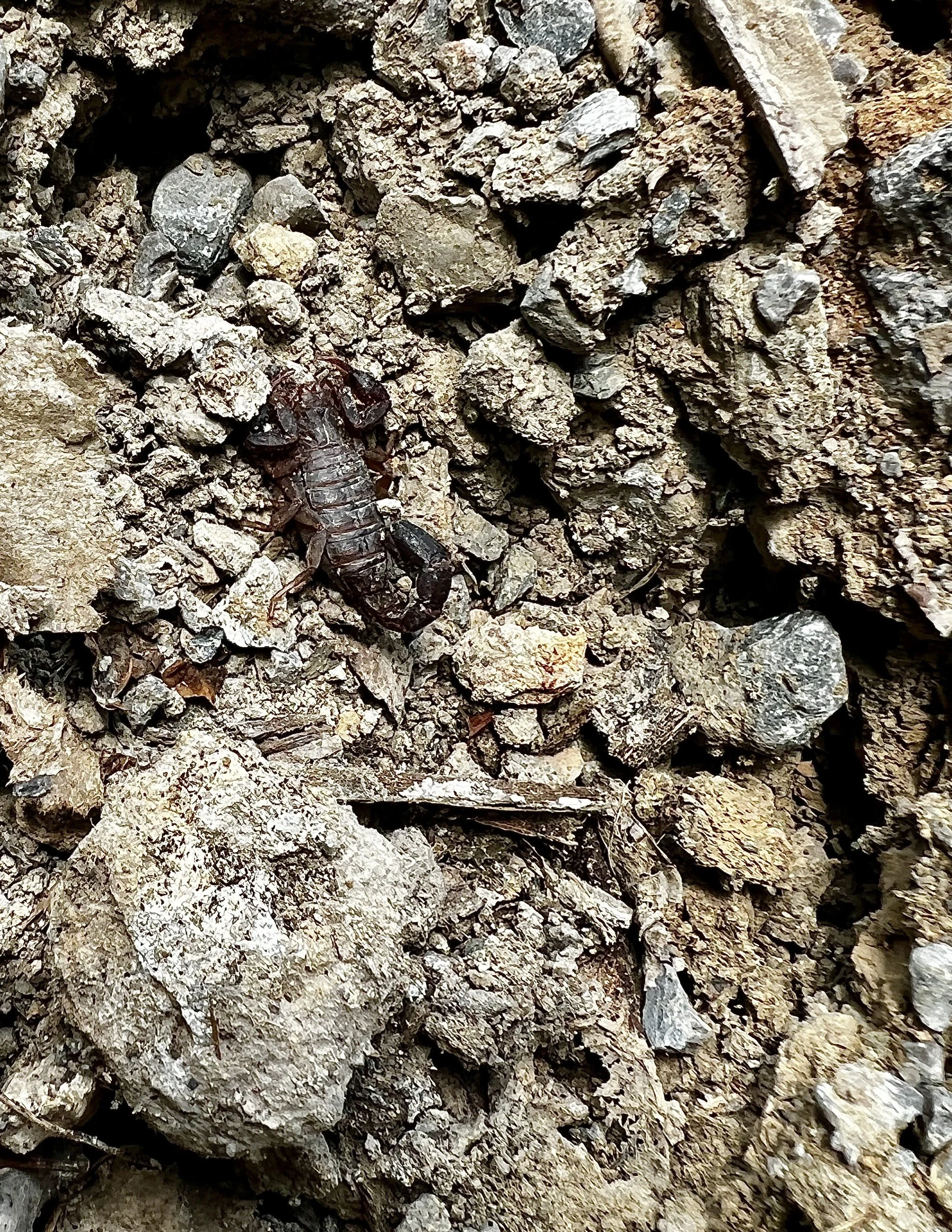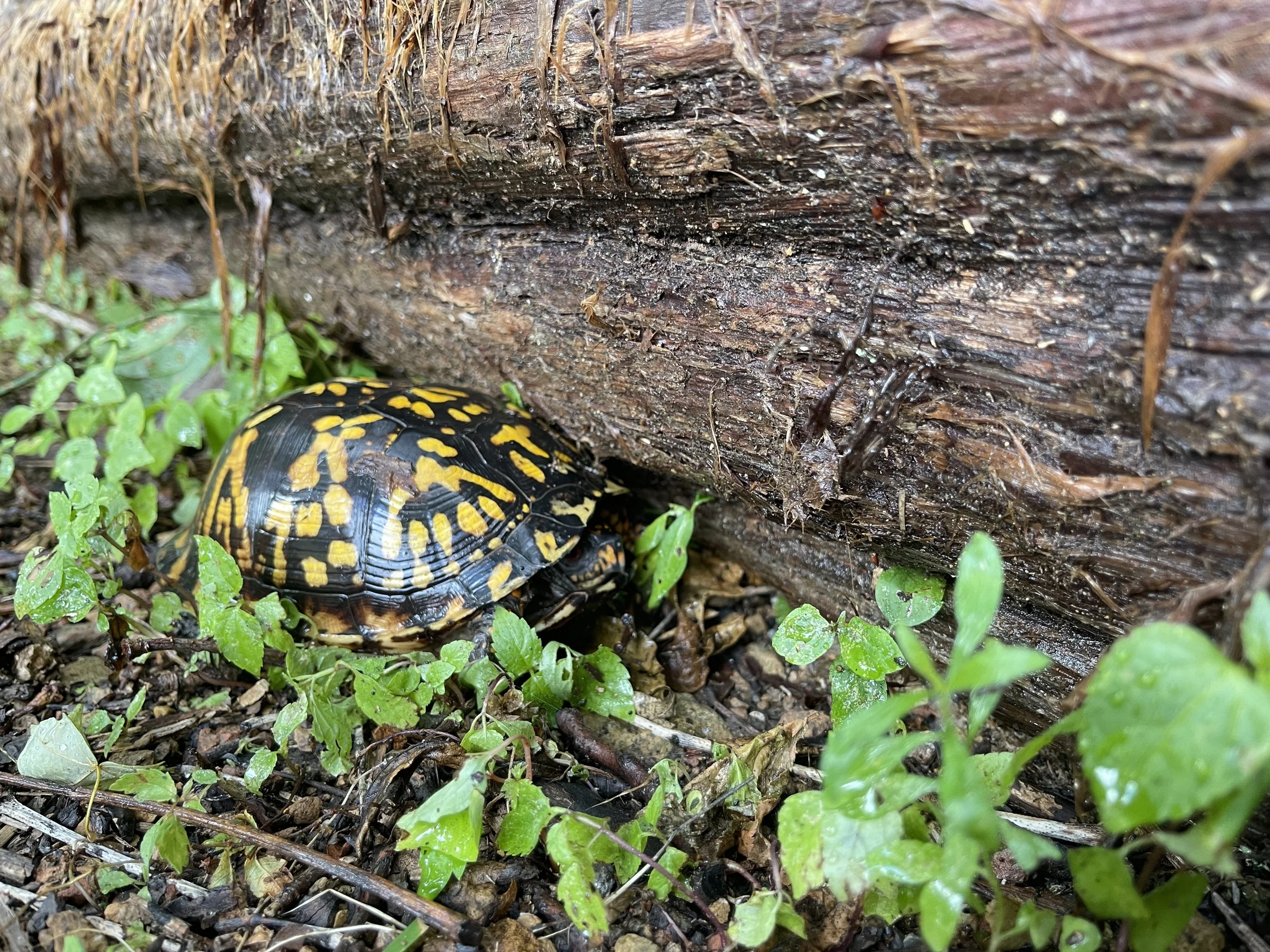
Our Wildlife
Weekend Tours start at just $15 per person
email: Karl@aureafarms.com for more information
We love wildlife
Meet Stripes. He is a Northern Map Turtle (Graptemys geographica) is a freshwater turtle native to rivers, streams, and large lakes throughout the eastern and central United States, including parts of Tennessee. It gets its name from the intricate, map-like lines on its olive to brown shell, which resemble the contours of a topographic map. These markings fade with age but are especially vivid in younger turtles. Adults typically range from 5 to 10 inches in shell length, with females growing significantly larger than males.
Northern Map Turtles are strong swimmers and prefer habitats with clear, slow-moving water and plenty of basking sites like logs or rocks. They are primarily carnivorous, feeding on aquatic insects, snails, and mollusks, though they may also consume some plant material. Shy by nature, they are quick to dive into the water when approached. This species plays an important role in aquatic ecosystems and is sensitive to water quality, making it a valuable indicator of environmental health. With their striking appearance and ecological significance, Northern Map Turtles are a fascinating part of North America's freshwater biodiversity.
Meet Lightning. He is an Eastern Box Turtle (Terrapene carolina carolina) is a charming and slow-moving terrestrial turtle native to the eastern United States, including Tennessee. Known for its high-domed, hinged shell, the Eastern Box Turtle can completely close itself inside for protection—a unique feature among North American turtles. Its shell is typically dark brown or black with bright yellow or orange patterns that vary widely among individuals, making each turtle look distinct.
Eastern Box Turtles are relatively small, usually 4 to 6 inches long, and can live for decades—often 40 years or more in the wild. They thrive in moist, forested areas, but can also be found in meadows and along streams. Omnivorous by nature, they eat a varied diet of insects, worms, fruits, fungi, and vegetation. Their slow reproductive rate and strong homing instincts make them vulnerable to habitat loss, road mortality, and illegal collection. As a result, they are a species of conservation concern in many states. With their vivid markings, long lifespans, and strong connection to the land they call home, Eastern Box Turtles are a beloved and ecologically important part of the woodland landscape.
We host several bee and butterfly species like the Great Spangled Fritillary (Speyeria cybele)
The Great Spangled Fritillary is a striking and widespread North American butterfly, known for its vibrant orange wings adorned with black spots and delicate silver spangles on the undersides. With a wingspan ranging from 2.5 to 4 inches, it's one of the larger fritillaries and a vivid presence in open meadows, prairies, and forest edges from early summer through late fall.
Males are slightly brighter and more active, often seen patrolling for mates, while females have a more subdued hue and spend more time nectaring. The butterfly’s preferred nectar sources include milkweed, purple coneflower, and thistle.
The larvae feed almost exclusively on violet species, and the female lays her eggs near, but not on, these host plants in late summer. After hatching, the caterpillars enter dormancy until spring—an unusual survival strategy that allows them to align with the growth of violets.
This butterfly’s combination of bold coloration, shimmering undersides, and graceful flight makes it a favorite among naturalists and pollinator gardeners alike.
Spicebush Swallowtail (Papilio troilus)
The Spicebush Swallowtail is a stunning and graceful butterfly native to the eastern United States, recognized by its velvety black wings marked with iridescent blue or green patches on the hindwings—more vivid in females. It has a wingspan of 3 to 4 inches and features two distinctive rows of pale spots that arc along the edges of its wings, adding to its elegant appearance.
This butterfly is a fast, fluttery flier often seen darting through shaded woodlands, gardens, and near streams. Adults feed on nectar from flowers such as joe-pye weed, thistles, and jewelweed. True to its name, the Spicebush Swallowtail lays its eggs on spicebush and sassafras—both members of the laurel family and critical host plants for its caterpillars.
The caterpillars are equally remarkable, evolving from bird-dropping mimics into bright green larvae with large, false eye spots that resemble a snake’s head—an effective deterrent to predators. Before pupating, they turn orange and roll themselves into leaves for protection.
Mimicry, elegance, and adaptability make the Spicebush Swallowtail a fascinating and beneficial presence in native ecosystems.
Eyed Click Beetle (Alaus oculatus)
The Eyed Click Beetle is a striking and unusual insect found in forests and woodlands across eastern North America. Measuring 1 to 2 inches long, this beetle is easily recognized by its elongated black body, speckled with fine white scales, and the two large, bold eye-like spots on its pronotum (just behind the head). These false eyes serve as a defense mechanism, startling predators and giving the beetle an intimidating appearance.
True to its name, the Eyed Click Beetle can produce a sharp clicking sound and a sudden flipping motion by snapping a spine on its thorax into a notch beneath it—allowing it to right itself if flipped over or escape threats with a surprising burst of movement.
While adults feed on nectar and are relatively harmless, their larvae, known as wireworms, live underground and are predatory, feeding on other insects such as beetle grubs. These larval stages can last several years before pupating into adults.
Mysterious and mechanical, the Eyed Click Beetle is a remarkable example of natural design and survival strategy in the insect world.
North American Rat Snakes (Pantherophis spp.)
North American Rat Snakes are a group of non-venomous, constricting snakes found across a wide range of habitats—from forests and farmlands to suburban backyards. Known for their adaptability and excellent climbing skills, these snakes play a vital role in controlling rodent populations, making them beneficial to both ecosystems and humans.
Typically ranging from 3 to 6 feet in length, rat snakes vary in appearance depending on the region. The Eastern Rat Snake (Pantherophis alleghaniensis), for example, is often glossy black with a white or yellowish chin and belly. Juveniles often look quite different from adults, with more prominent markings that fade with age.
Rat snakes are constrictors, meaning they subdue prey by coiling around and suffocating it. Their diet primarily consists of rodents, birds, and bird eggs, and they’re also capable swimmers and climbers, often seen in trees or rafters.
Rat snakes are non-aggressive and pose no danger to humans. Calm and curious by nature, they are one of the most commonly encountered snakes in North America and are crucial to maintaining balanced food webs.
Abbott’s Sphinx (Sphecodina abbottii)
The Abbott’s Sphinx is a remarkable and boldly patterned moth native to the eastern United States, known for its striking appearance and fascinating mimicry. With a wingspan of 2 to 2.5 inches, it has stout, fast-flying wings mottled in shades of brown, gray, and cream, giving it excellent camouflage against tree bark.
One of the most distinctive features of the Abbott’s Sphinx is the dramatic false eye spot on its hindwing, paired with a bold, banded abdomen that resembles a bumblebee—an effective defense mechanism that deters predators. When at rest, the moth often raises its abdomen in a wasp-like posture, enhancing the illusion.
The larvae are equally eye-catching. Large and smooth, they come in two color forms—green or brown—and feature an unusual, tail-like knob on the rear. When threatened, the caterpillar can make a squeaking sound and thrash its body, startling would-be attackers. It feeds primarily on grapevine and Virginia creeper.
Active mostly at dusk and night, Abbott’s Sphinx adults are powerful fliers and visit flowers for nectar, though they are less commonly seen than many other moths. Mysterious and masterfully camouflaged, this moth is a hidden gem of the woodland ecosystem.
Narrow-headed Marsh Fly (Helophilus fasciatus)
The Narrow-headed Marsh Fly is a striking species of hoverfly found near wetlands, marshes, and pond edges across much of North America. True to its name, it has a somewhat elongated, narrow head compared to other hoverflies, giving it a distinctive profile. Its body is boldly patterned with black and yellow stripes, closely mimicking the appearance of bees or wasps—a clever form of Batesian mimicry that helps deter predators.
Measuring about half an inch to three-quarters of an inch long, this fly is a strong and agile flier, often seen hovering over wetland vegetation or resting on flowers. Adults feed on nectar and pollen, making them important pollinators for a variety of native plants.
The larvae, known as rat-tailed maggots, develop in nutrient-rich, aquatic or semi-aquatic environments such as muddy ponds, marsh edges, or waterlogged soil. They help break down decaying organic matter, playing an essential role in wetland ecosystems.
Elegant and ecologically important, the Narrow-headed Marsh Fly is both a pollinator and a decomposer, contributing to the health and balance of its watery habitat.
White-tailed Deer Fawns (Odocoileus virginianus)
The White-tailed Deer is one of the most familiar and widespread large mammals in North America, found in forests, grasslands, and even suburban areas from Canada to Central America. Named for the distinctive white underside of its tail, which it raises like a flag when alarmed, this graceful and alert animal is a symbol of wild beauty across the continent.
Adults typically stand 2.5 to 3.5 feet at the shoulder and weigh between 100 and 300 pounds, with males (bucks) being larger than females (does). Bucks grow antlers each year, shedding them in late winter after the breeding season. These antlers are used in displays and sparring during the fall rut.
White-tailed deer are herbivores, feeding on a wide variety of vegetation including leaves, twigs, fruits, acorns, and crops. They are crepuscular—most active at dawn and dusk—and use their keen senses of smell, hearing, and vision to detect danger.
Fawns are born in late spring, typically with white spots that help them blend into dappled forest light. Agile and fast, white-tailed deer can leap over obstacles and run at speeds up to 30 mph when threatened.
Highly adaptable and deeply embedded in North American culture and ecosystems, the white-tailed deer plays an important role in shaping plant communities and supporting predators like coyotes, bobcats, and cougars.
Northern Ring-necked Snake (Diadophis punctatus edwardsii)
The Northern Ring-necked Snake is a small, secretive, and beautifully marked reptile native to the eastern United States. Measuring just 10 to 15 inches long, it has a slender body with smooth, glossy scales. Its coloration is typically dark gray, slate blue, or black, contrasted by a distinctive yellow or orange ring around its neck—a feature that gives the species its name.
The underside is even more striking: a bright yellow to orange belly often adorned with a row of small black spots. When threatened, the snake may coil its tail into a tight spiral and display its vivid belly as a warning—a subtle but effective defense.
Ring-necked snakes are non-venomous and harmless to humans. They are nocturnal and elusive, spending most of their time under rocks, logs, or leaf litter in moist woodlands or near the edges of streams. Their diet includes small prey such as earthworms, salamanders, slugs, and insects, which they subdue using mild venom and rear-facing fangs—effective only on their tiny prey.
Wild Turkey (Meleagris gallopavo)
The Wild Turkey is a large, ground-dwelling bird native to North America and a symbol of the continent’s rich natural heritage. Known for its impressive size, iridescent plumage, and dramatic courtship displays, the wild turkey thrives in forests, woodlands, and open fields across the United States, southern Canada, and parts of Mexico.
Adult males, called toms or gobblers, can weigh up to 25 pounds and are distinguished by their bronze-green feathers, fan-shaped tails, long legs, and bare, reddish-blue heads. During the spring mating season, toms strut and gobble to attract females—puffing up their feathers, fanning their tails, and dragging their wings in a striking display. Females, known as hens, are smaller and more plainly colored in brown and gray for camouflage while nesting.
Wild turkeys are omnivores with a varied diet that includes acorns, seeds, berries, insects, and small reptiles. They forage primarily on the ground but can fly short distances and roost in trees at night to avoid predators.
Once nearly extinct due to habitat loss and overhunting, wild turkeys have made a remarkable comeback thanks to conservation efforts and habitat restoration. Today, they are a common sight at Aurea Farms—alert, social, and always watchful as they move through the landscape in flocks.
Devil Scorpion (Vaejovis spinigerus – also known as the Stripe-tailed Scorpion or Wood Scorpion)
The so-called "Devil Scorpion" is a dramatic nickname often used to describe the Stripe-tailed Scorpion (Vaejovis spinigerus), a small but striking arachnid found in the arid deserts and woodlands of the southwestern United States and northern Mexico. Despite its ominous name, this scorpion is relatively harmless to humans—its sting is comparable to a bee sting, causing mild pain and swelling in most cases.
Growing up to 2.5 inches in length, the devil scorpion is tan to reddish-brown in color with darker stripes running across its tail segments. Its name comes from its prominent, curled tail armed with a venomous stinger and its pincer-like claws, which it uses to capture small insects, spiders, and other invertebrates.
Primarily nocturnal, it hides under rocks, bark, or debris during the day to escape the heat and emerges at night to hunt. Like other scorpions, it fluoresces under ultraviolet light, glowing a vibrant bluish-green—a trait that fascinates scientists and naturalists alike.
Though its appearance may be intimidating, the devil scorpion is a shy and solitary creature that prefers to avoid confrontation whenever possible.
References
Buhlmann, K., Tuberville, T., & Gibbons, W. (2008). Turtles of the Southeast. University of Georgia Press. (Wormsloe Foundation Nature Books)
Daniels, J. C. (2021). Garden bugs & insects of the South & Southeast: Identify pollinators, pests, and other garden visitors (Adventure Quick Guides). Adventure Publications.
National Audubon Society. (1999). National Audubon Society regional guide to the Southeastern States: Alabama, Arkansas, Georgia, Kentucky, Louisiana, Mississippi, North Carolina, South Carolina, Tennessee. Alfred A. Knopf.
